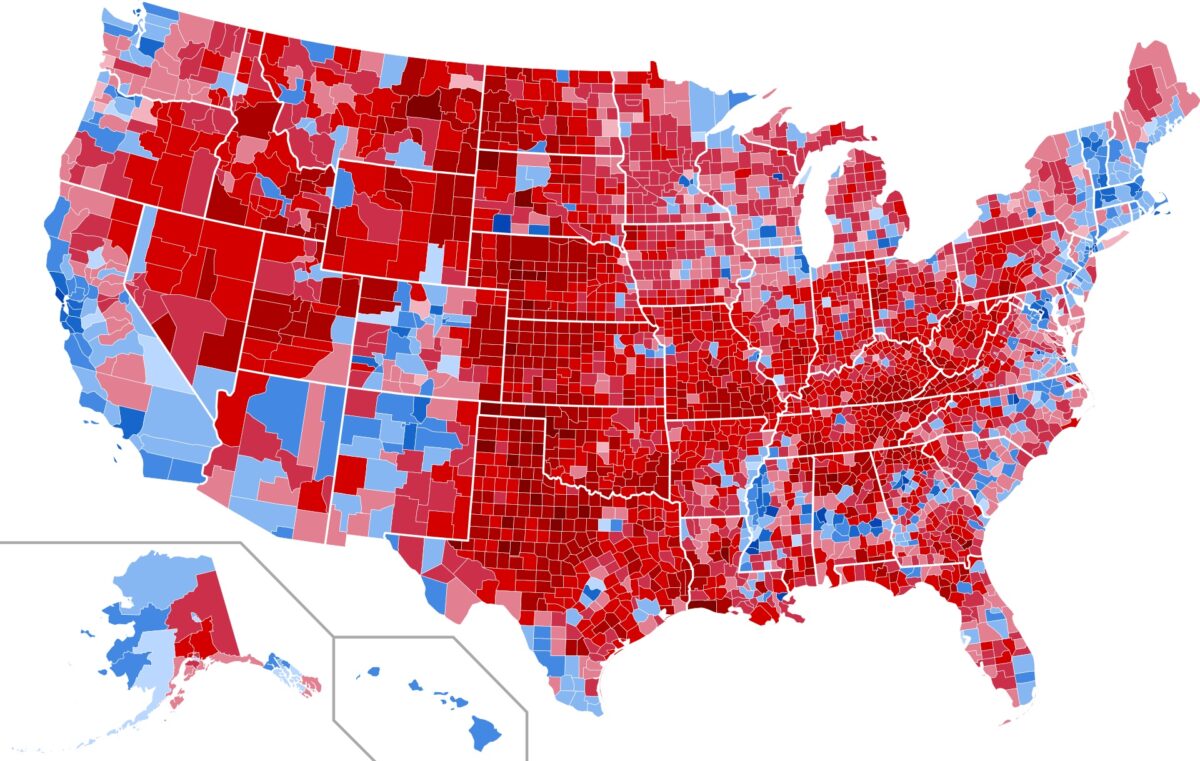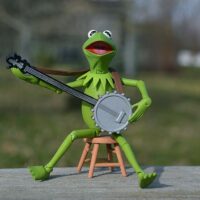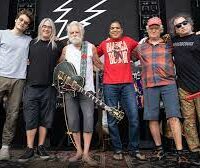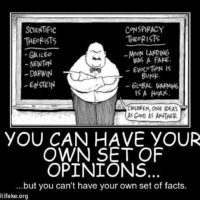
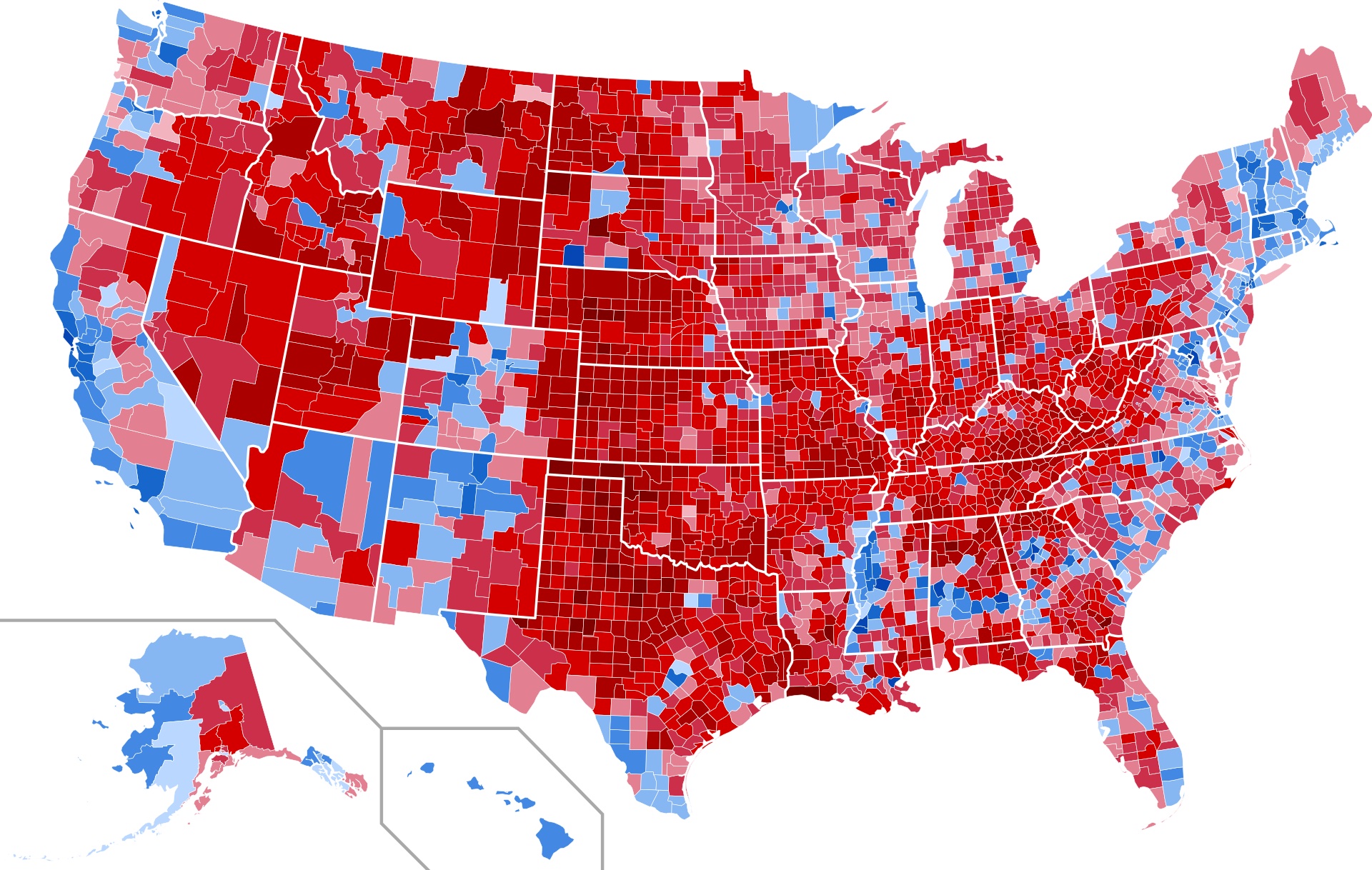
America’s Great Divide
A good friend of mine and I recently got together for beers. We’re both ex-pat New Englanders living in Colorado for the past two decades, so you know what that means: lots of tawkin’ ‘bout the Sox and debating whether LeBron is better than Larry Legend. He reads this column on the regular and has told me for years that I need to do an instalment on the differences between East Coast and Mid-West, or whatever the hell you want to classify Denver as. He started me off with a couple of lighthearted examples such as how the first thing anyone asks you on the East Coast is what your job is or where you went to college while here in Colorado they just want to know what your favourite camping spot is or what you like to do outdoors. But when I went home and racked my brain for more of these whimsical anecdotes to form into a column, I began to recognise that socially-speaking, transportation and geographic mobility have rendered us fairly homogeneous as a nation. Boston and Denver just aren’t that different, nor are the people who live there. Nor are they in Portland. Or Houston. Or Atlanta. Or Philadelphia. But you sure as hell better believe that shit looks a whole lot different when you make your way down to Ding Dong, Texas or Booger Hole, West Virginia (both real places, by the way). That’s because the great divide in this country isn’t East or West, North or South. No, the Mason-Dixon Line don’t mean squat anymore. The cultural division that is ripping this country apart comes in the split between urban and rural.
I live in a really blue state. I mean, like, really blue. We’ve got a gay governor who has beat his recent opponent by double digits and a considerable Democrat majority in both house of the legislature. We’ve got legal weed, and the state even recently passed gun legislation. Shoot, even the bear outside the Convention Center is blue. But travel outside of Colorado’s metropolitan areas or its ski towns packed with old hippies and stoner brobrahs, and you will find a very different demographic, one not that dissimilar from any rural redneck town in Alabama or Nebraska or Texas. Drive through these areas and you cannot help noting how the gay pride flags have been replaced with those bearing the “Don’t Tread on Me” logo. Suddenly, there’s not a black face to be found, and instead of Subarus and Teslas, you’re seeing a whole lot of pickup trucks and Harleys. At the height of the pandemic, when mask mandates were in effect pretty much throughout the country and folks in Boulder were even wearing them while riding their bike on the rec path, we ventured into a mom and pop convenience store in a little town just outside of Grand Junction where the old lady at the counter saw our masks and just sneered at us while puffing down on the end of her Marlboro Light. Yeah, even our response to a global pandemic split along the cultural divide of our relative population density.
Nowhere, of course, is this fractionalization more pronounced than in the realm of American politics. Just looking at a county by county map of the 2020 presidential election results will tell you everything you need to know about the current political schism and how it is redefining the American cultural landscape. At first, you see the visual preponderance of red-shaded area and wonder how it could be possible that Joe Biden beat Donald Trump by over 7 million votes. But then you look a little closer and realise that that’s because the blue areas are primarily located in densely-populated areas, you know, where people actually live. The red areas, meanwhile, tend to be more livestock than people. Cities, even those inside the boundaries of reliably conservative states, tend to vote Democrat, while rural areas, even in a state now as blue as Colorado, vote Republican.

The pattern is so pervasive that it impacted the way most of us experienced the election results during the 2020 presidential campaign, as well as the subsequent Senate races in Georgia and Pennsylvania. Initial voting tabulations poured in from rural areas where there just weren’t as many votes to be counted, and all of these Republican candidates took early leads, but as the results from urban areas of the state, such as Atlanta and Philadelphia, started to be accounted for, the tide swung in the other direction, and Democrats came roaring back to victory. This, of course, led to preposterous and unsubstantiated right-wing conspiracy theories about election fraud, but what these conservative nutters were missing was the obvious demographic truths staring them straight in the face: urban ares of the country are now solidly blue, while rural areas are not.
The burning question then is just what to do with this great American divide between rural and urban perspectives. We have all stood witness to the growing, untenable division that has become further entrenched in the last decade of American political and cultural life. Now, Marjorie Taylor Greene has certainly said some unbelievably stupid shit in her short, yet seemingly so long, time in elected office, but I must admit that I kind of get where she was going when she recently called for a split into two separate countries. The problem, as with all of her other “bright ideas”, is that it simply isn’t founded in reality. How can we divide up a nation that is split not along geographical lines, but by population density demographics that are fairly evenly dispersed across geographic regions of the county? We can’t just say Democrats get the West and Republicans get the East, though, I personally would be just fine that. Better yet, let’s just give Republicans the state of Texas. They can a build a wall around it and everything. No, unfortunately, due to the way our political schism is disseminated throughout the country, we are all stuck with each other, like some sort of highly dysfunctional family that becomes a good therapist’s living nightmare. But like that family, we had all better learn to live together, even if it does mean making Uncle Richard sleep out on the porch.
Steven Craig is the author of the best-selling novel WAITING FOR TODAY, as well as numerous published poems, short stories, and dramatic works. Read his blog TRUTH: In 1000 Words or Less every THURSDAY at www.waitingfortoday.com

